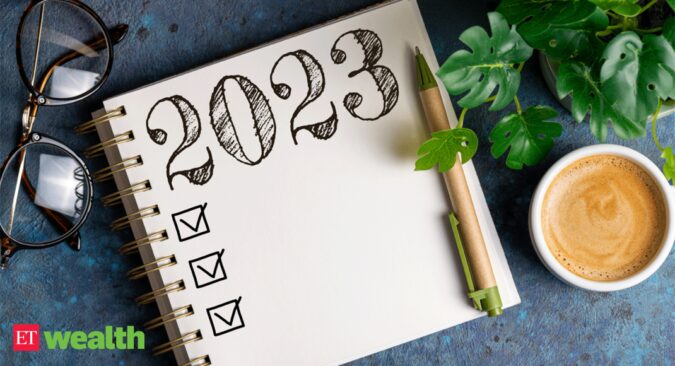Investment check
Make a consolidated list of all investments like equities, mutual funds, PPF, bonds and FDs, and real estate investments (except self-occupied house). Cash and bank balances should be put down too to get a realistic idea of where one stands. Review ongoing SIPs and their returns, and evaluate if these need to be tweaked.
Insurance check
Review all your insurance policies—life, health, car, home, etc. Assess whether the existing life insurance cover or pure term policy is enough or if more cover needs to be taken, after taking into account rising inflation. Health insurance cover needs to be reviewed with respect to the health status of the individual and the family each year to ascertain whether additional cover is needed.
Liabilities check
All the liabilities, such as long and mediumterm loans (housing, car, etc) and other ongoing EMIs, should be put down to ascertain current liabilities. If any of the loans have closed or are going to get closed soon, you can plan new investments in place of the ongoing EMIs.
Expense check
Calculate daily and monthly, and review their patterns. This will help you plan upcoming large expenses, if any. Ensure there is a contingency fund of at least six months.
Points to note
- A personal credit report can be obtained from credit rating agencies which assess the financial health of an individual and assign a credit score.
- Review the asset mix or debt and equity exposure in comparison with the life stage, and try to make necessary alterations.
Content on this page is courtesy Centre for Investment Education and Learning (CIEL).
Contributions by Girija Gadre, Arti Bhargava and Labdhi Mehta.
